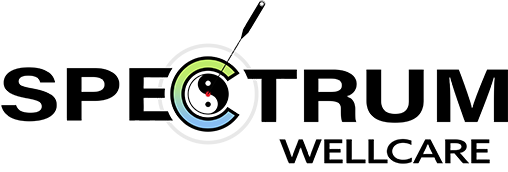In the past couple of blogs, I have discussed the ongoing trends concerning utilizing western blood tests as diagnostic tools in TCM. I discussed variables such as ALT/AST, BUN, GFR and LDL/HDL which can be found in your generic western blood test. In a future blog, I do want to further reveal how appreciating the meaning behind these variables has helped me treating my patients, as a TCM practitioner.
In this blog, I want to enlighten you with how a TCM practitioner interprets Biomedical variables such as the ones noted here. In the previous blog, I noted how a high ALT/AST level, a high GCT level and elevated glucose and Triglyceride levels are interpreted as corroborating a diagnosis of Steatosis or “fatty liver”. I ask all my patients to bring me their latest blood test to evaluate such variables to help me formulate the most accurate TCM diagnosis.
Let’s use the condition of Steatosis to serve as the model to this discussion. Like I just pointed out, I now want to see key variables on a blood test to help me confirm my TCM diagnosis, that I came up with using traditional TCM diagnostic measures. The high levels of ALT/AST and Triglycerides really pop out to me. I’ll explain why.
After my TCM diagnosis and intake of this patient, I saw both damp and fire signs aggravating the spleen and liver. The symptoms of Steatosis are classic for one who is diagnosed with having such symptoms. Without knowing these blood test factors, I would still be fairly confident in diagnosis this patient with damp heat/fire in lever with spleen qi deficiency. I would be confident in treating accordingly.
However, I now have a way of validating my diagnosis from a western biomedical tool—the blood test. Not only does having access to the blood test results give me more confidence in diagnosing but in treating, as well.
